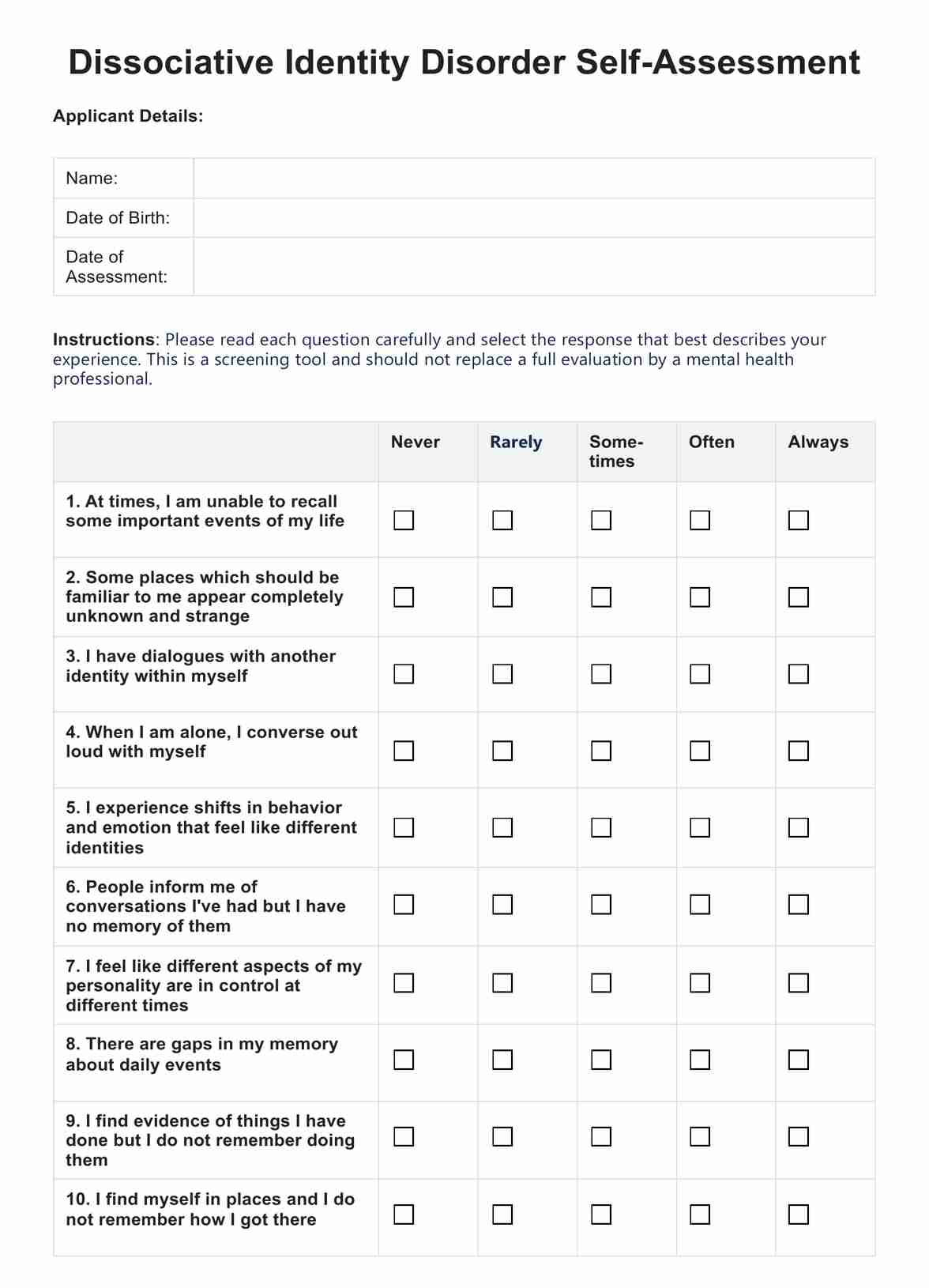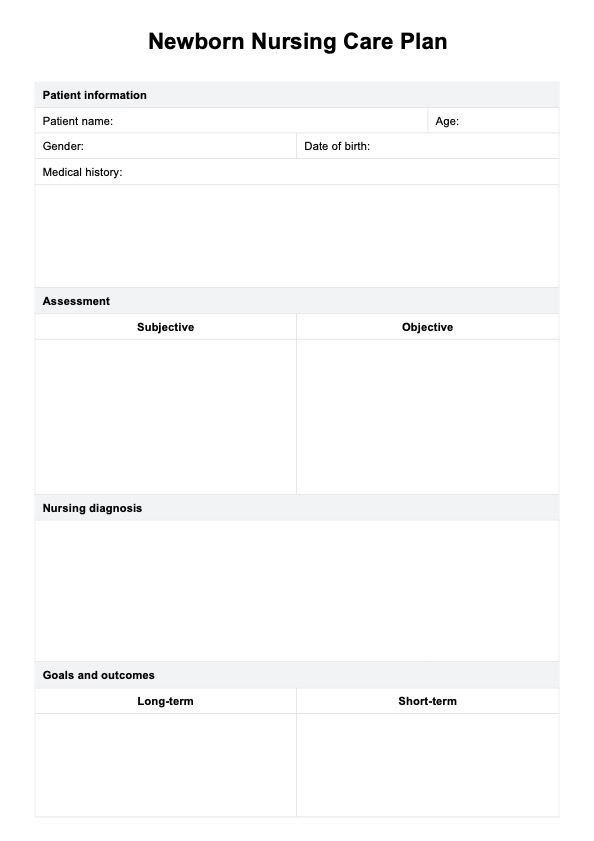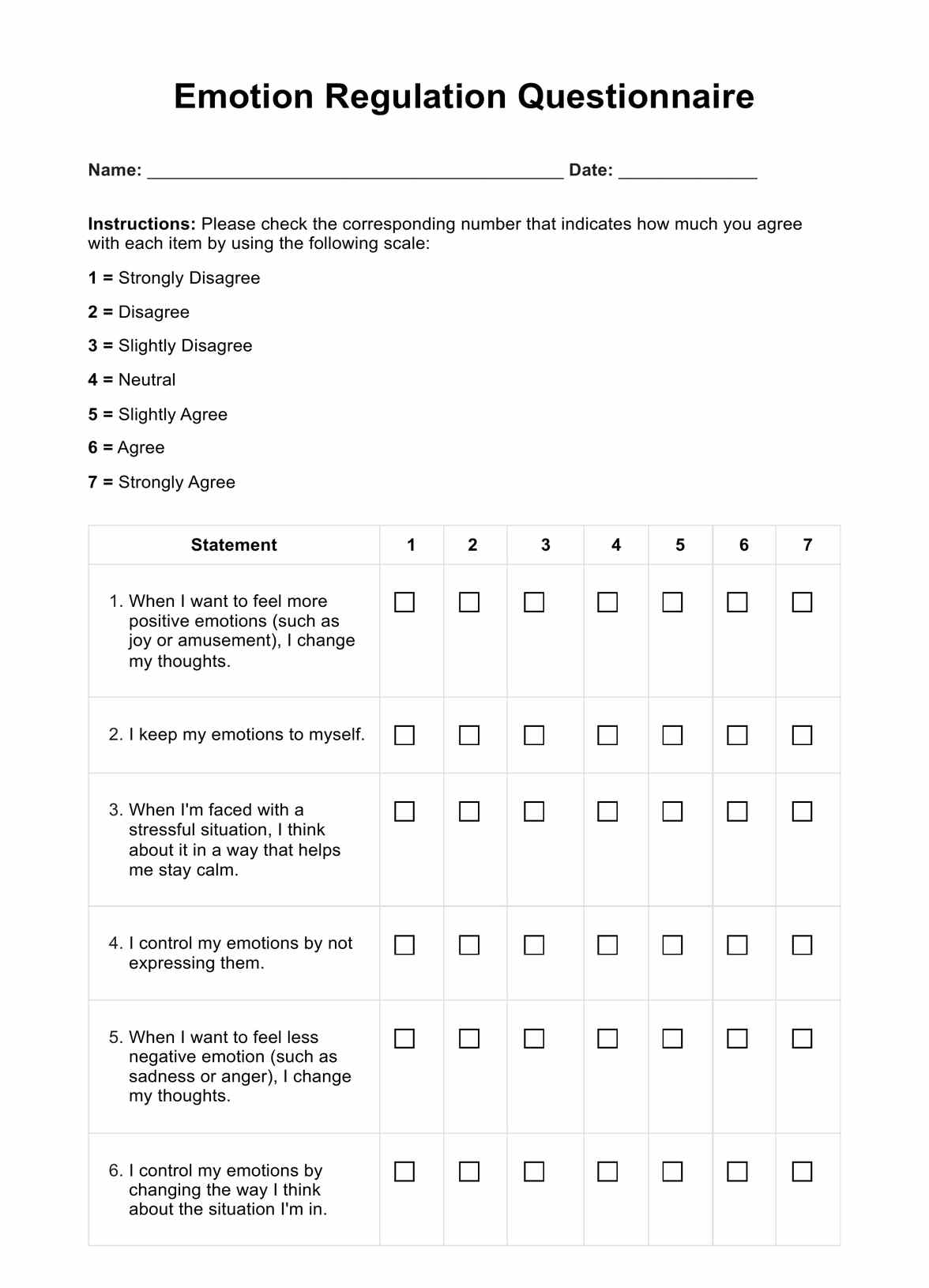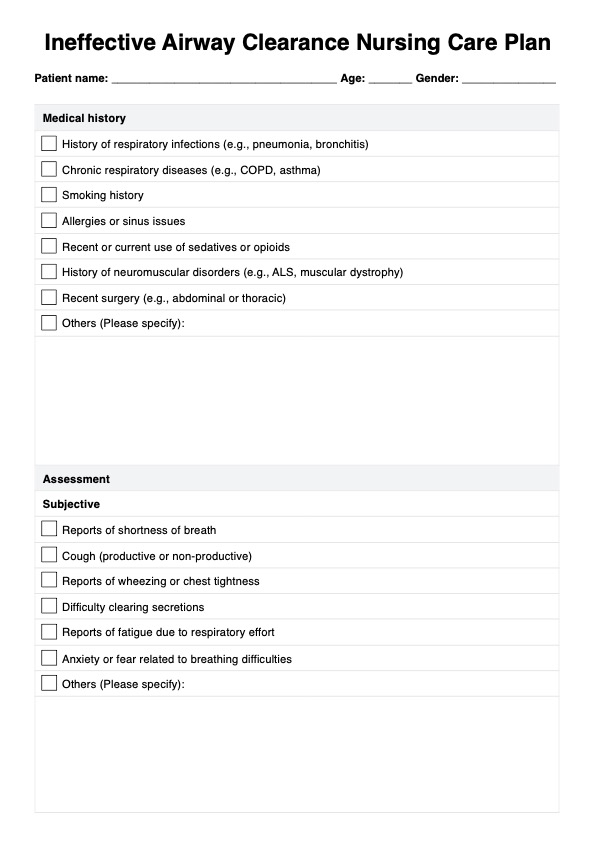Coagulation Factor
Understand your body's clotting ability with a Coagulation Factor Test. Assess risk, diagnose disorders, and guide treatment for better health outcomes.


What is a Coagulation Factor Test?
A Coagulation Factor Test is a medical procedure designed to examine the effectiveness of proteins in your blood, known as coagulation factors, which are integral to the blood clotting process. These factors help prevent excessive bleeding and promote proper healing of wounds. If any of these factors are deficient or abnormal, it can result in conditions such as Hemophilia or Von Willebrand disease.
This test usually involves drawing a sample of the patient's blood, which is then subjected to laboratory analysis. The results offer crucial insights into the patient's ability to form blood clots and can also highlight potential deficiencies in specific coagulation factors.
Several coagulation tests include prothrombin time (PT), activated partial thromboplastin time (aPTT), and thrombin time. These tests measure the time it takes for blood to clot, helping doctors assess a person's risk of excessive bleeding or clotting. They are often used as screening tools to detect abnormalities in the coagulation process.
In some cases, more specific assays may be used to quantify individual clotting factors. These tests can help diagnose particular bleeding disorders and guide treatment decisions.
Coagulation Factor Template
Coagulation Factor Example
How Does it Work?
The Coagulation Factor Test is instrumental in assessing the functionality of different coagulation factors within a patient's blood. Here's a step-by-step breakdown:
Step 1: Blood Sample Collection
The process commences with the collection of a blood sample from the patient. A trained healthcare professional carefully extracts the sample, typically from a vein in the arm. This sample is then stored in a safe and sterile container to prevent contamination and is promptly sent to a laboratory for detailed analysis.
Step 2: Laboratory Analysis
Upon reaching the laboratory, the blood sample undergoes comprehensive testing. Lab technicians perform a series of tests to measure the activity and levels of various coagulation factors. These tests are meticulously conducted to ensure accuracy, as any deviations can significantly impact the results.
Step 3: Interpretation of Results
Once the lab tests are complete, the results are forwarded to a medical professional for interpretation. These professionals compare the patient's results against standard ranges to identify any potential deficiencies or abnormalities in the coagulation factors. Any irregularities may indicate a risk of bleeding disorders and thus require further investigation.
Our Printable Coagulation Factor Test forms can be used to record and monitor these results over time. These forms provide a structured format for recording each test's results, allowing for easy comparison and tracking of changes. They offer a comprehensive overview of a patient's clotting ability, aiding in ongoing patient management and treatment planning.
By maintaining a consistent record on these printable forms, healthcare providers can assess trends, note improvements or deteriorations, and make informed decisions about the patient's treatment plan. These forms thus play a crucial role in managing and monitoring patients' coagulation factor levels.
When would you use this test?
The Coagulation Factor Test is specifically designed to evaluate the clotting ability of blood, which is primarily determined by substances known as coagulation factors. This test is particularly relevant and essential in specific scenarios, which we will explore below.
Identifying Bleeding Disorders
One of the primary uses for the Coagulation Factor Test is to diagnose potential bleeding disorders. If a patient presents with unexplained or spontaneous bleeding, unusual bruising, or prolonged bleeding after injury or surgery, this could signal a problem with their coagulation factors.
Similarly, women with heavy menstrual bleeding may also be recommended for this test. By measuring the activity and levels of these factors, healthcare providers can pinpoint any deficiencies contributing to these symptoms.
Monitoring Anticoagulant Therapy
Patients undergoing anticoagulant therapy, often prescribed to prevent blood clots, require regular monitoring of their coagulation factors. Over-coagulation can lead to dangerous clot formation, while under-coagulation could result in excessive bleeding.
The Coagulation Factor Test helps ensure that the dosage of anticoagulants is effectively thinning the blood without causing undue risk.
Evaluating Liver Disease Impact
The liver plays a significant role in producing coagulation factors, so individuals with liver disease may have impaired clotting abilities. This test can help assess the extent of the liver's impact on coagulation and guide treatment decisions accordingly.
Pre-Surgical Assessment
Before any surgical procedure, evaluating a patient's risk of excessive bleeding is crucial. A Coagulation Factor Test can provide valuable information about the patient's clotting ability and help the medical team prepare for potential complications.
The Coagulation Factor Test is an indispensable resource in various clinical scenarios. Its ability to provide detailed insights into a patient's clotting function makes it a vital tool in diagnosing, managing, and monitoring multiple health conditions.
What do the Results Mean?
The results of a Coagulation Factor Test offer valuable insights into an individual's blood clotting ability, providing a crucial diagnostic tool for various bleeding disorders. Understanding these results can be vital to managing and treating these conditions effectively.
Identifying Bleeding Disorders
A deficiency in certain coagulation factors can point to specific bleeding disorders. For instance, if the test results reveal a lack of Factor VIII, this may indicate Hemophilia A, resulting in prolonged bleeding. Similarly, a deficiency in Factor IX may suggest Hemophilia B. Each coagulation factor has a normal range, and values outside this range can signal potential issues.
Assessing Clotting Risk
On the other hand, elevated levels of specific coagulation factors can increase the risk of developing blood clots, leading to deep vein thrombosis or pulmonary embolism. High levels of certain aspects can make the blood more prone to clotting than usual, potentially causing blockages in the blood vessels.
Tracking Treatment Efficacy
Our Free Coagulation Factor Test is also essential for monitoring treatment effectiveness in patients diagnosed with coagulation factor deficiency. By comparing current results with baseline values obtained from previous tests, healthcare providers can track the patient's progress over time, assess the efficacy of their treatment plan, and make necessary adjustments.
Interpreting the results of a Coagulation Factor Test requires a thorough understanding of coagulation factors and their role in the blood clotting process. It's important to remember that these results should always be evaluated regarding the patient's overall health, symptoms, and medical history. Any abnormal results should be discussed with a healthcare professional for a comprehensive understanding and appropriate management.
Research and Evidence
Coagulation Factor Tests, a cornerstone in hematology, have a robust foundation of research and evidence supporting their use in clinical practice. These tests have been instrumental in diagnosing and managing various bleeding disorders, with ongoing studies continually enhancing our understanding of coagulation factors and their role in blood clotting.
Historically, these tests have proven effective in identifying specific bleeding disorders. For instance, deficiencies in Factor VIII or IX, indicative of Hemophilia A or B, can be accurately diagnosed using Coagulation Factor Tests (Scielo, 2007). Moreover, these tests are also crucial in monitoring patients undergoing anticoagulant therapy, ensuring optimal treatment efficacy and patient safety (Oxford Academic, 2017).
Recent research has further expanded the utility of these tests. For example, one study found that combining point-of-care coagulation testing with first-line therapy using coagulation factor concentrates significantly reduced the need for allogeneic blood transfusion (Anesthesiology, 2011). This highlights the potential role of Coagulation Factor Tests in optimizing transfusion practices and improving patient outcomes.
Furthermore, advancements in laboratory techniques have enhanced the accuracy and reliability of these tests. For instance, introducing quality standards for sample collection has helped minimize bias and improve the precision of test results (Thieme Connect, 2012).
Despite these advancements, ongoing research aims to refine and improve Coagulation Factor Tests. Studies are exploring alternative testing procedures for acquired coagulation disorders (Wiley Online Library, 2009) and examining the influence of different coagulation factors on thrombin generation (Thieme Connect, 2008), promising to provide deeper insights into the complex process of blood coagulation.
Coagulation Factor Tests are backed by substantial research and evidence, affirming their critical role in diagnosing and managing bleeding disorders. As research continues to evolve, we can anticipate further enhancements in the utility and accuracy of these tests.
References
- Scielo. (2007). Dental treatment of patients with coagulation factor alterations: An update. Retrieved from https://scielo.isciii.es/scielo.php?pid=S1698-69462007000500010&script=sci_arttext&tlng=pt
- Oxford Academic. (2017). Coagulation testing in the core laboratory. Retrieved from https://academic.oup.com/labmed/article-abstract/48/4/295/4604599
- Anesthesiology. (2011). First-line therapy with coagulation factor concentrates combined with point-of-care coagulation testing is associated with decreased allogeneic blood transfusion in. Retrieved from https://pubs.asahq.org/anesthesiology/article-abstract/115/6/1179/13116
- Thieme Connect. (2012). Quality standards for sample collection in coagulation testing. Retrieved from https://www.thieme-connect.com/products/ejournals/html/10.1055/s-0032-1315961
- Wiley Online Library. (2009). Acquired coagulation disorders: revisited using global coagulation/anticoagulation testing. Retrieved from https://onlinelibrary.wiley.com/doi/abs/10.1111/j.1365-2141.2009.07833.x
- Thieme Connect. (2008). Influence of coagulation factors and tissue factor concentration on the thrombin generation test in plasma. Retrieved from https://www.thieme-connect.com/products/ejournals/abstract/10.1160/TH07-09-0581
Commonly asked questions
Physicians, especially hematologists, often request Coagulation Factor Tests when they suspect a bleeding disorder.
These tests are used when there's a suspicion of a bleeding disorder, to monitor patients on anticoagulant therapy, or in individuals with liver disease.
They measure the levels and function of various coagulation factors in the blood, helping diagnose and manage bleeding disorders.
The test takes just a few minutes, but it may take several days to get the results, as the blood sample must be sent to a laboratory for analysis.

.jpg)
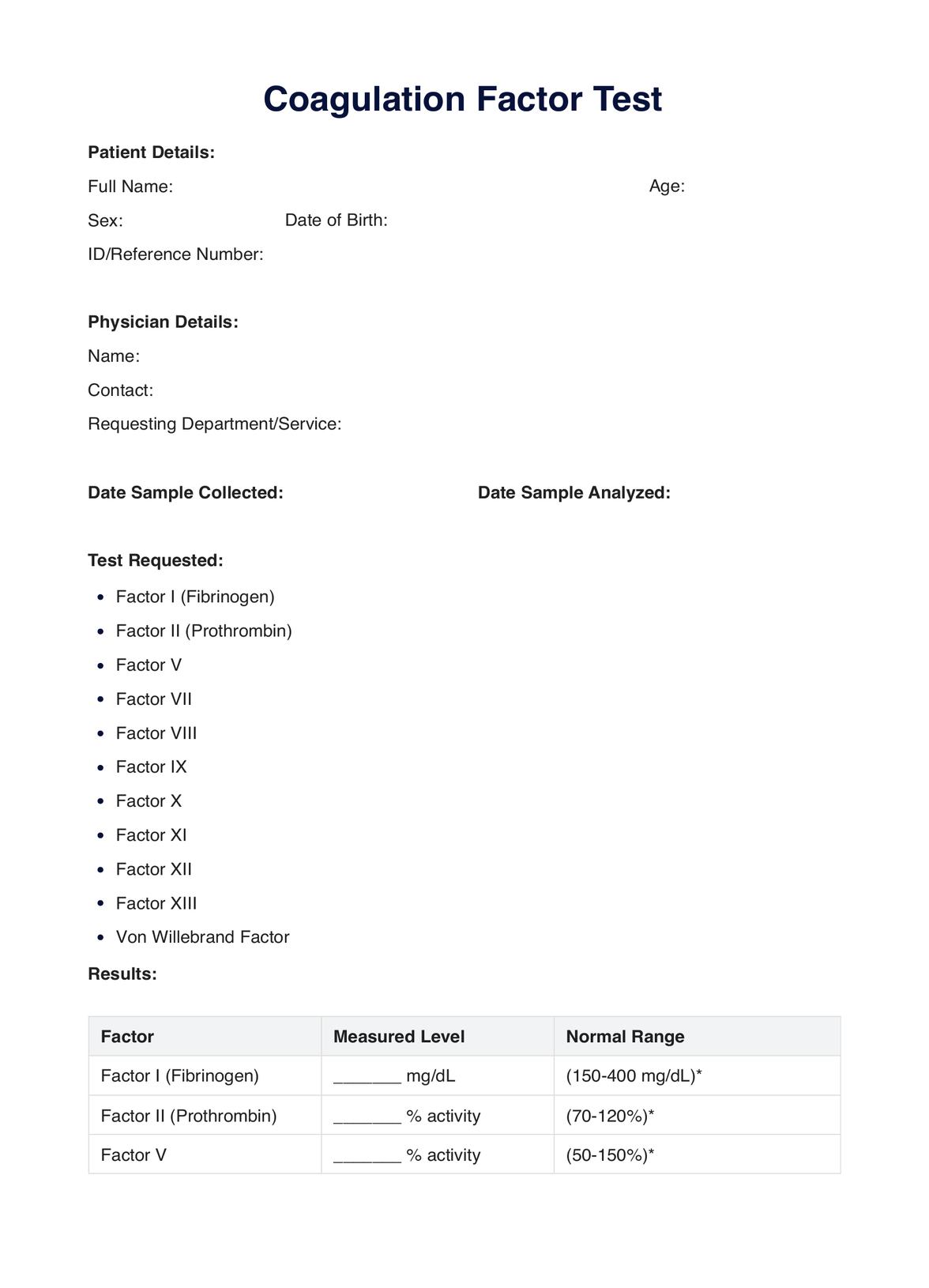
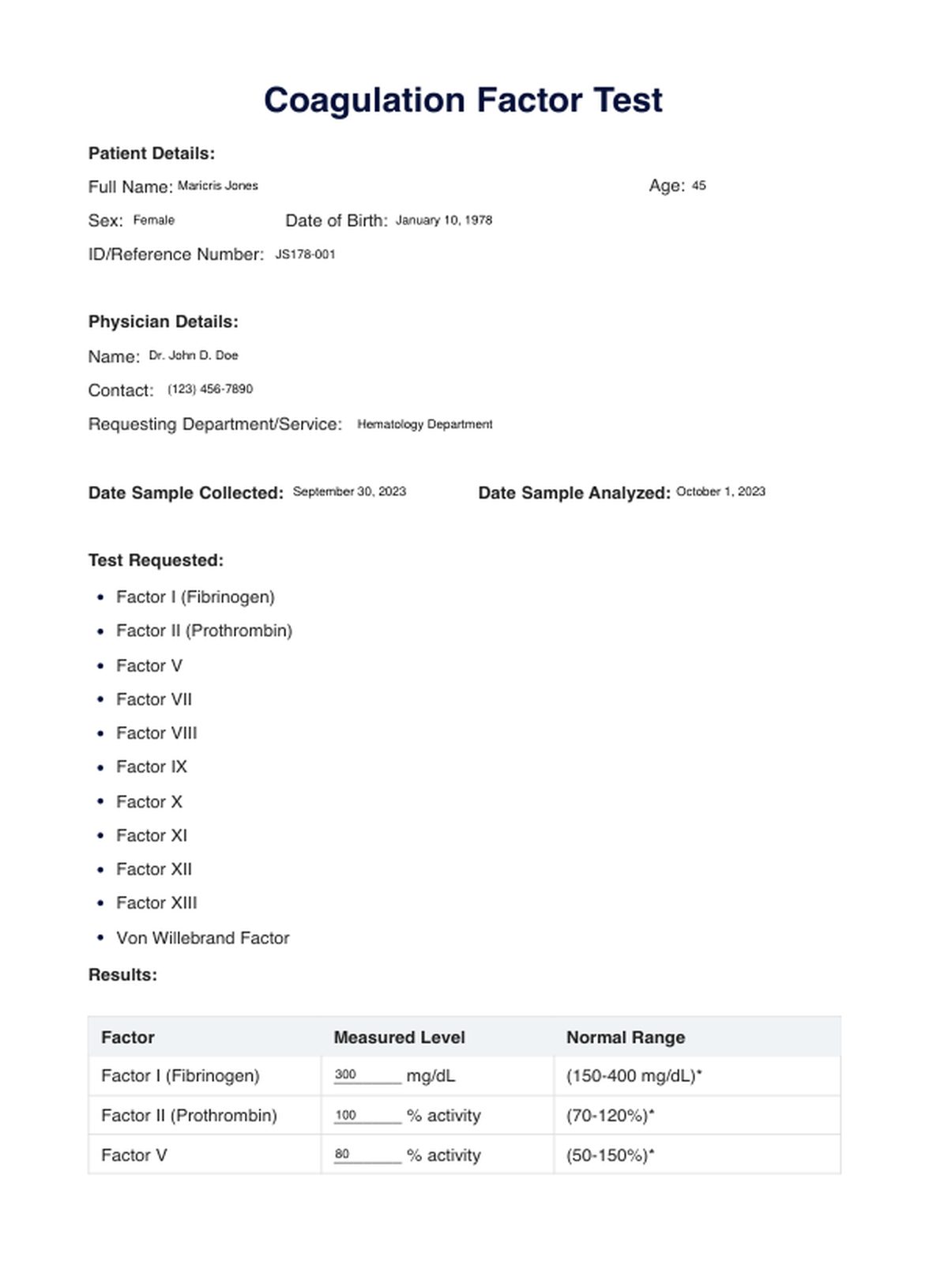


















-template.jpg)

















































































